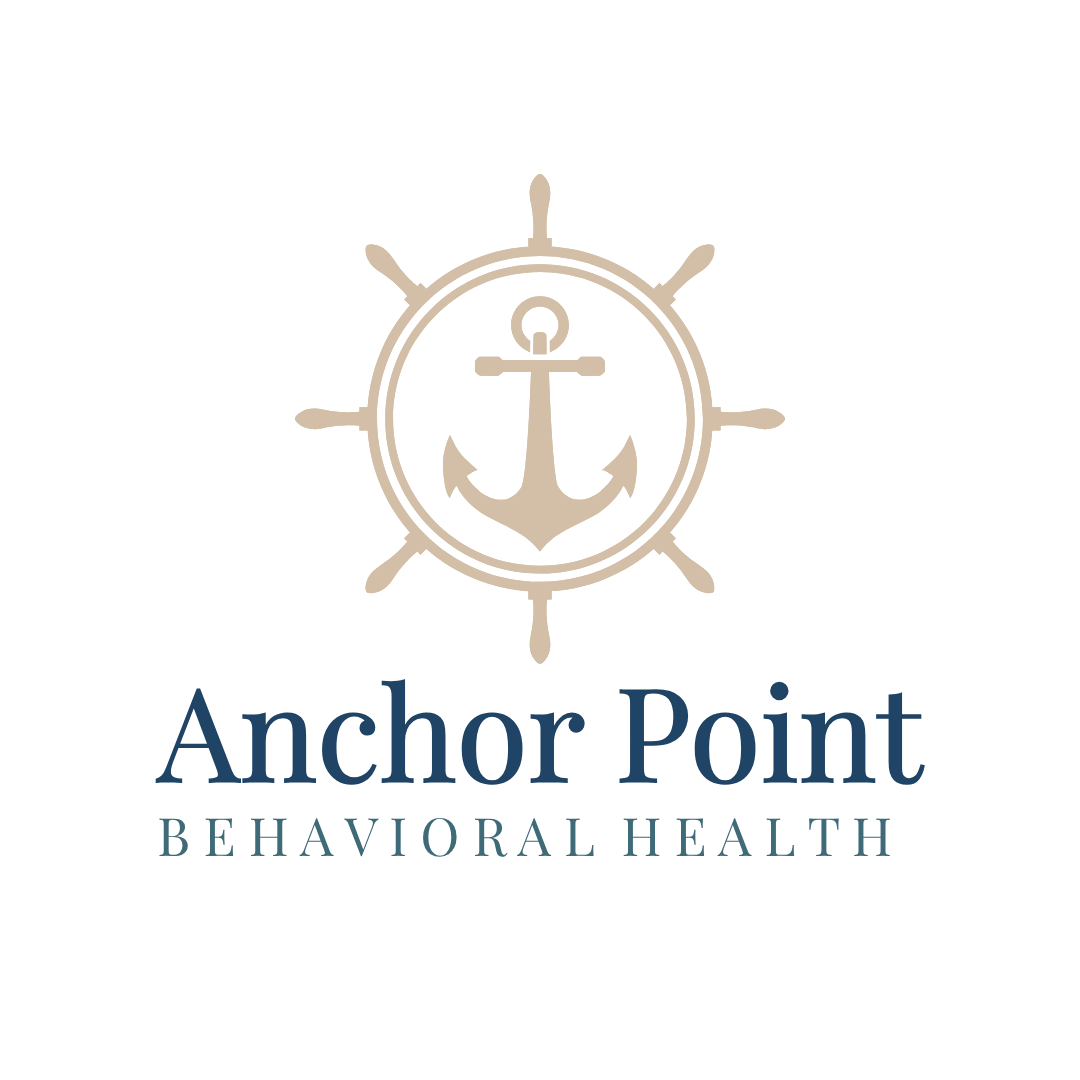The Shame Game: Why Nobody Wins
Carl Jung once described shame as an intense, “soul-eating” emotion—one that gnaws at the very foundation of how we see ourselves. And if you’re ever felt it, you know exactly what he meant. Shame doesn’t just sting IN the moment—it lingers, whispering that we are unworthy of love, belonging, or even a seat at the table.
So what is shame, really? Psychologists and cultural theorists have long tried to untangle shame’s grip. Brené Brown describes shame as “the intensely painful feeling or experience of believing that we are flawed and therefore unworthy of love and belonging.” Elspeth Probyn, a cultural theorist, frames shame as a relational emotion, one that binds people into certain cultural scripts of worth and exclusion.
June Tangney, a leading researcher, emphasizes the difference between shame and guilt—guilt focuses on behavior (“I did something bad”), while shame attacks the self (“I am bad”).
This distinction is more than semantics—it shapes resilience, mental health, and how we navigate relationships.
Shame and Self-Esteem
In my therapy office, I often hear people conflate guilt and shame. A client might say, “I feel so guilty for snapping at my partner,” but within minutes shift to, “I’m a terrible person, I always ruin everything.” That’s the leap from guilt to shame—from behavior to identity.
When someone internalizes shame, they don’t just think “I made a mistake” they believe “I am a mistake”
Research consistently shows that this distinction matters. A 2021 meta-analysis by Y. Budiarto and colleagues found that shame is consistently linked to lower self-esteem across populations and found a robust negative relationship: higher shame is strongly correlated with lower self-esteem. In contrast, guilt, when processed adaptively, was not nearly as corrosive. In fact, guilt can often have a neutral, or even constructive, impact on self-regard.
This echoes what therapists, myself included, see every day in practice. Shame corrodes the inner scaffolding that allows us to feel lovable, resilient, and whole. In doing so, it impedes our growth, our capacity for self-compassion, and our ability to live authentically.
People caught in the shame spiral often report:
A fragile sense of self-worth, easily shaken by mistakes or criticism.
Perfectionism, as a desperate attempt to avoid triggering shame.
Harsh inner critics, internalized voices saying “you’re not enough.”
Avoidance of risks or relationships, fearing exposure or rejection.
The Physical and Mental Toll of Shame
Shame isn’t just emotional—it’s physiological. Neuroscience shows that shame activates the same neural circuits as physical pain. People often describe it as heat in the face, a sinking in the stomach, or a powerful urge to disappear. Over time, chronic shame disrupts the body’s stress response, elevating cortisol and contributing to inflammation, fatigue, and even immune compromise.
In nearly 15 years of clinical practice, I’ve met many individuals who lean into sadness or even embrace anger and rage. But I’ve never met a single client who finds comfort in shame. Quite the opposite—most of the people I’ve worked with come to therapy because they are desperately trying to quiet or numb shame, often through unhealthy strategies that only deepen their suffering.
On the mental health side, shame is closely linked to the development or worsening of:
Addiction, where substances become a numbing agent against shame’s sting.
Depression, where shame feeds hopelessness and self-loathing.
Anxiety, where shame drives fear of exposure, judgment, or rejection.
Eating disorders, where food and body image become battlegrounds for unworthiness.
Shameful vs. Restorative Language
Language shapes not only relationships but also self-concept. Reframing words from identity-based attacks to behavior-focused observations builds resilience and reduces the corrosive effects of shame. That difference might feel small on paper, but in practice? It changes everything.
Shameful phrases that wound:
“What’s wrong with you?”
“You’re so lazy.”
“You always screw things up.”
“You’re an embarrassment.”
Restorative alternatives that invite growth:
“That choice had consequences—let’s think about what you can do differently next time.”
“I see you’re struggling, but that doesn’t define who you are.”
“Mistakes are part of learning. What did you notice?”
“You matter to me, even when things don’t go well.”
Shame, Self-Concept, and Cognitive Distortions
Shame distorts the lens through which we view ourselves, others, and the world. Instead of seeing a single failed action, the shamed individual may globalize:
Self: “I am broken.”
Others: “They’ll always reject me.”
World: “Nothing good is possible.”
These cognitive distortions perpetuate cycles of avoidance, isolation, and self-sabotage. Shame convinces people to hide, when what they most need is connection.
Working Through Shame in Therapy
Healing shame is not about erasing it but transforming our relationship with it. In therapy, clients can:
Differentiate guilt from shame, reclaiming behavior as something changeable rather than selfhood as fundamentally flawed.
Identify shame triggers and the cultural, familial, or environmental narratives that fuel them.
Practice self-compassion, replacing harsh inner critics with kinder, more accurate voices.
Build connection, since shame thrives in secrecy but dissolves in safe, empathic relationships.
How Anchor Point Can Help
At Anchor Point Behavioral Health, we recognize shame as one of the most powerful forces shaping mental health—and one of the most isolating. Our therapeutic approach creates a safe harbor where you can examine shame without judgment, restore your sense of self-worth, and re-author the story you carry about who you are.
Shame may feel overwhelming, but it doesn’t have to define the journey. With guidance and care, it’s possible to cultivate compassion and build a more connected, authentic sense of self.
